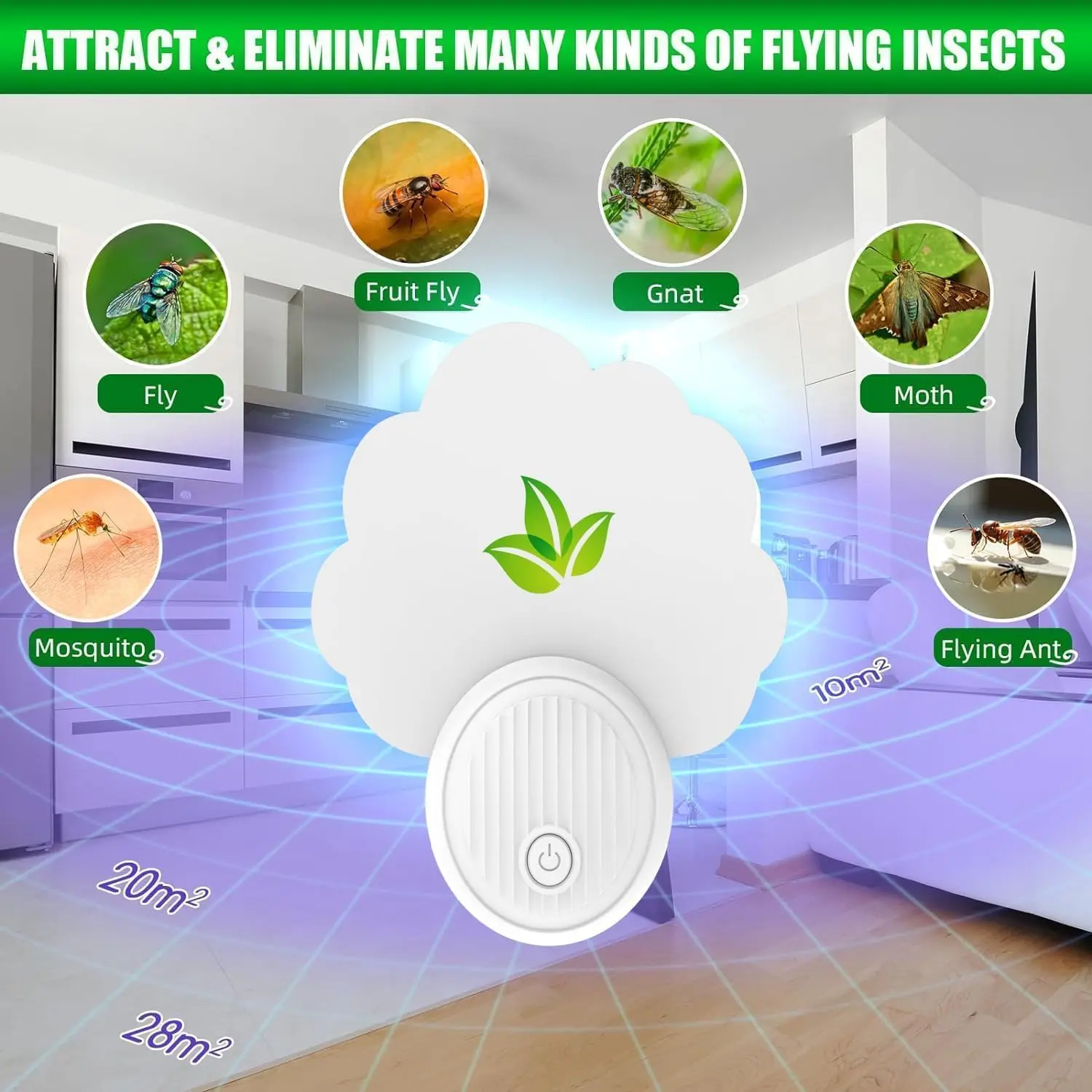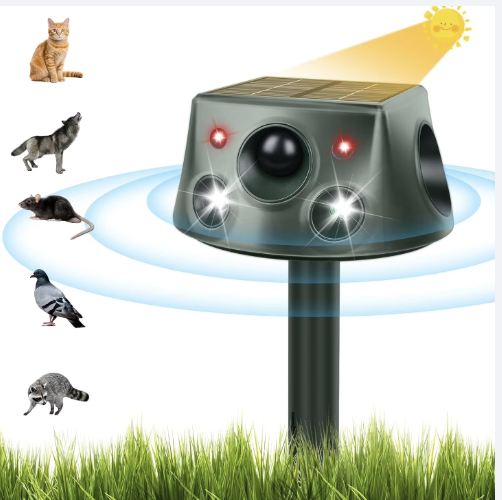The Ultimate Test: Real-Life Performance of Anti Bark Devices
Introduction to Anti Bark Device Testing
Understanding the Purpose of Anti Bark Devices
Anti bark devices play a pivotal role in curbing excessive barking through innovative methods such as ultrasonic sound and vibration. These devices are tailored to enhance the peace and comfort of dog owners and their communities by reducing noise pollution. By using a dog barking deterrent, pet owners can achieve a more serene home environment and promote better relations with their neighbors. Additionally, these tools can serve as an integral part of a dog's training regimen, reinforcing behavior modification over time. By encouraging a quieter atmosphere, these anti barking dog devices not only address noise issues but also help dogs transition to calmer behavior naturally.
Importance of Real-World Performance Evaluation
Evaluating the real-world performance of anti barking dog devices is essential for understanding their effectiveness in daily environments. Unlike controlled testing, real-world evaluations highlight how user-friendly and adaptable these devices are in diverse scenarios. An effective anti-barking device must function seamlessly across various settings, offering practical solutions for dog behavioral issues. Such assessments are crucial as they provide insights into product strengths and potential areas for improvement. By focusing on real-world efficacy, manufacturers can enhance product reliability, ensuring that these devices are recognized as the best anti dog barking devices for maintaining peace and harmony in different environments.
Methodology for Real-Life Performance Evaluation
Testing Environments: Indoor vs. Outdoor Scenarios
When assessing anti bark devices in real-world settings, the environments play a critical role. Indoor testing allows us to see how these devices respond to barking caused by environmental distractions like visitors or household noises. It focuses on the device's sensitivity and effectiveness in a relatively controlled environment. On the other hand, outdoor testing introduces variables such as background noise and varied distractions, providing a comprehensive view of device functionality in real-world conditions. This dual approach enables a better understanding of situational effectiveness and highlights the potential need for devices to have adjustable sensitivity settings for varied environments.
Data Collection: Noise Reduction Metrics
To understand an anti barking device's effectiveness, it's crucial to collect quantitative data on noise levels and barking frequency before and after using the device. Metrics such as decibel levels and the frequency of barking incidents offer concrete evidence of how well these devices reduce noise. This systematic data collection is invaluable not only for evaluating current technologies but also for guiding manufacturers in improving device design and technology. In essence, noise reduction metrics form the backbone of meaningful product improvement in creating effective dog barking deterrents.
Participant Selection: Diverse Dog Breeds and Sizes
Diverse participant selection is key to truly understanding an anti barking device's effectiveness. Testing across a variety of dog breeds and sizes helps determine how these devices cater to different canine sensitivities and behaviors. Analyzing results from a diverse demographic exposes the product's strengths and limitations, providing insights into how well it meets the needs of a broad user base. By encouraging inclusivity in testing strategies, we can ensure that anti barking solutions are effective for a wider range of dog owners, ultimately benefiting more pets and their owners alike.
Key Factors Affecting Anti Bark Device Effectiveness
Environmental Noise Interference
Environmental noise plays a significant role in the effectiveness of dog barking deterrents. Devices may not perform well in loud surroundings, as background noise can interfere with the deterrent's signals. To address this, conducting tests in various settings allows us to identify which devices excel at minimizing barking amidst distractions. Such insights can help dog owners make practical choices for environments with high noise levels, such as urban areas or busy households. Understanding these interactions also aids manufacturers in refining product design and marketing strategies tailored to noisy environments, thus improving the overall performance of anti-barking devices.
Dog Size and Sensitivity to Ultrasonic Deterrents
The effectiveness of ultrasonic deterrents can vary significantly based on the size and sensitivity of the dog. Smaller dogs might react differently than larger breeds, impacting device efficacy. It's crucial to observe how varying breeds respond to ultrasonic signals to ensure that anti-bark devices serve as effective training tools. Customizing devices to suit different breed sensitivities will not only guide owners in choosing the right product for their pet but also enhance the overall satisfaction with the device. This attention to size and sensitivity ensures that these tools cater to all dogs, ensuring effective and humane deterrence across diverse breeds.
Battery Life and Durability in Harsh Conditions
Assessing the durability and battery life of anti-barking devices under harsh conditions is essential for real-world applicability. Devices exposed to outdoor elements, such as rain or extreme temperatures, must maintain reliable functionality to ensure they are beneficial in everyday dog training. Providing evidence of a device's resilience not only enhances customer trust but also promotes its long-term usability for dog owners. Insights derived from these evaluations will guide future designs, focusing on efficiency and sustainability, thereby offering dog owners more dependable and enduring solutions for managing excessive barking, no matter the weather or environmental conditions.
Real-Life Case Studies: Successes and Challenges
Urban Apartment: Managing Small Breed Barking
In urban apartments, small breed dogs often bark due to confined spaces and close proximity to other tenants. Case studies have shown that using dog barking deterrents in such environments can be effective in curbing excessive barking. Many users report a noticeable reduction in disturbances, as the devices help keep barking at bay in tight quarters. However, challenges arise in ensuring consistent results, as different dogs may react differently depending on their personal behavior and the specific layout of their living environment. To address these challenges, owners must consider tailoring approaches depending on the unique dynamics of their home setup.
Suburban Backyard: Addressing Territorial Behavior
Dog bark deterrents are often tested in suburban backyards where dogs exhibit barking primarily due to territorial instinct. In these open areas, successful use of anti-barking devices hinges on proper placement and settings. Case studies offer valuable insights, with suggestions for optimal positioning of devices to counteract perceived threats, such as neighboring animals or passing strangers. However, challenges include dealing with environmental distractions like passing cars or wildlife that could trigger barking, as well as breed-specific territorial behaviors, making tailored adjustments necessary for effective control.
Multi-Dog Households: Overcoming Desensitization
Multi-dog households introduce a unique challenge of desensitization where dogs might become accustomed to the anti-barking signal, reducing device effectiveness. According to case studies, tackling this issue often involves implementing multiple deterrents simultaneously or combining them with traditional training methods. Effective interventions require careful consideration of interaction between devices and dogs. Real-life examples underscore the importance of varied approaches, shedding light on how combining devices with positive reinforcement techniques can lead to improved behavioral outcomes among multiple dogs, thus offering strategic insights for future users.
FAQs on Anti Bark Device Performance
How Quickly Do Anti Bark Devices Show Results?
The timeline for seeing results from anti-bark devices often varies. This is influenced by factors such as a dog's unique behavior patterns and the specific device type used. Commonly, some users report changes within a few days, while others may observe gradual improvements over weeks. Expert analyses, like those observed by pet behaviorists, suggest that consistent use and adherence to recommended usage guidelines enhance efficacy over time. It's important to remind users that patience is essential, as results might not be instantaneous. Consistent usage, along with other complementary training methods, can significantly aid in achieving desired outcomes.
Are These Devices Safe for Puppies and Senior Dogs?
Most anti-bark devices are generally safe for puppies and senior dogs when used according to instructions. Research indicates that ultrasonic or vibration technologies, which are non-invasive, minimize risks and ensure safety across various ages of dogs. However, never underestimate the importance of consulting a veterinarian to get specialized recommendations tailored to a pet's specific health conditions. This ensures that the chosen device aligns safely with the dog’s developmental and health needs. Veterinarians can provide guidance on the best practices to employ these devices effectively while maintaining pet safety.
Can Anti Bark Devices Work in Noisy Neighborhoods?
Anti-bark devices can be effective in noisy neighborhoods, although their success largely depends on the device's sensitivity and the surrounding noise levels. While ultrasonic dog bark deterrent devices are generally designed to target the frequency range specific to dog barks, excessively noisy environments might occasionally interfere with their efficiency. Expert studies highlight the importance of considering noise thresholds when choosing a suitable device for such settings. Practical advice includes selecting devices with customizable settings that enhance their performance in various environmental conditions, ensuring even noisy neighborhoods don't impede their efficacy fully.

 EN
EN



















































